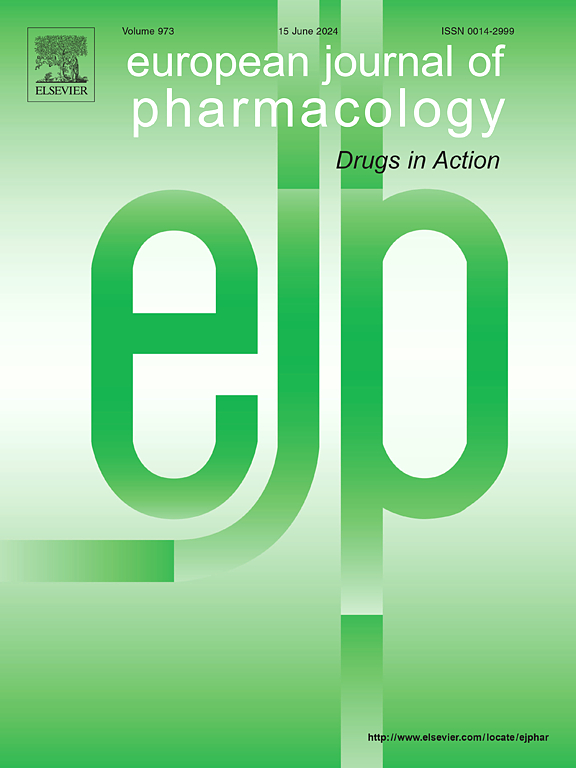Single-cell omics: moving towards a new era in ischemic stroke research
IF 4.2
3区 医学
Q1 PHARMACOLOGY & PHARMACY
引用次数: 0
Abstract
Ischemic stroke (IS) is a highly complex and heterogeneous disease involving multiple pathophysiological events. A better understanding of the pathophysiology of IS will enhance preventive, diagnostic and therapeutic strategies. Despite significant advances in modern medicine, the molecular mechanisms of IS are still largely unknown. The high-throughput omics approach opens new avenues for identifying IS biomarkers and elucidating disease pathogenesis mechanisms. Single-cell omics enables a more thorough and in-depth analysis of the cellular interactions and properties in IS. This will lead to a better understanding of the onset, treatment and prognosis of IS. In this paper, we first reviewed the disease signatures and mechanisms research of IS. Subsequently, the use of single-cell omics to comprehend the mechanisms of IS was discussed, along with some recent developments in the field. To further delineate the upstream pathogenic alterations and downstream molecular impacts of IS, we also discussed the current use of machine learning approaches to single-cell omics data analysis. Particularly, single-cell omics is being used to inform risk assessment, early patient diagnosis and treatment strategies, and their potential impact on precision medicine. Thus, we summarized the role of single-cell omics in precision medicine. Despite the relative youth of the field, the development of single-cell omics promises to provide a powerful tool for elucidating the pathogenesis of IS.
单细胞组学:迈向缺血性脑卒中研究的新时代
缺血性脑卒中是一种高度复杂和异质性的疾病,涉及多种病理生理事件。更好地了解IS的病理生理学将提高预防、诊断和治疗策略。尽管现代医学取得了重大进展,但IS的分子机制在很大程度上仍然未知。高通量组学方法为鉴定IS生物标志物和阐明疾病发病机制开辟了新的途径。单细胞组学能够对IS的细胞相互作用和特性进行更彻底和深入的分析。这将有助于更好地了解IS的发病、治疗和预后。本文首先对IS的疾病特征和机制研究进行综述。随后,讨论了利用单细胞组学来理解IS的机制,以及该领域的一些最新进展。为了进一步描述IS的上游致病改变和下游分子影响,我们还讨论了目前机器学习方法在单细胞组学数据分析中的应用。特别是,单细胞组学正被用于风险评估、早期患者诊断和治疗策略,以及它们对精准医学的潜在影响。因此,我们总结了单细胞组学在精准医学中的作用。尽管该领域相对年轻,单细胞组学的发展有望为阐明IS的发病机制提供有力的工具。
本文章由计算机程序翻译,如有差异,请以英文原文为准。
求助全文
约1分钟内获得全文
求助全文
来源期刊
CiteScore
9.00
自引率
0.00%
发文量
572
审稿时长
34 days
期刊介绍:
The European Journal of Pharmacology publishes research papers covering all aspects of experimental pharmacology with focus on the mechanism of action of structurally identified compounds affecting biological systems.
The scope includes:
Behavioural pharmacology
Neuropharmacology and analgesia
Cardiovascular pharmacology
Pulmonary, gastrointestinal and urogenital pharmacology
Endocrine pharmacology
Immunopharmacology and inflammation
Molecular and cellular pharmacology
Regenerative pharmacology
Biologicals and biotherapeutics
Translational pharmacology
Nutriceutical pharmacology.

 求助内容:
求助内容: 应助结果提醒方式:
应助结果提醒方式:


